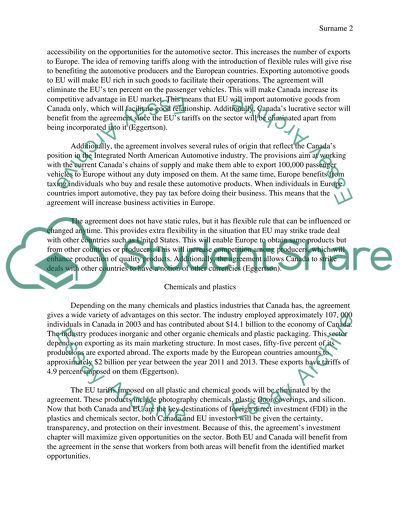Cite this document
(“Canada and the European Union new free trade agreement Essay”, n.d.)
Canada and the European Union new free trade agreement Essay. Retrieved from https://studentshare.org/macro-microeconomics/1662374-canada-and-the-european-union-new-free-trade-agreement
Canada and the European Union new free trade agreement Essay. Retrieved from https://studentshare.org/macro-microeconomics/1662374-canada-and-the-european-union-new-free-trade-agreement
(Canada and the European Union New Free Trade Agreement Essay)
Canada and the European Union New Free Trade Agreement Essay. https://studentshare.org/macro-microeconomics/1662374-canada-and-the-european-union-new-free-trade-agreement.
Canada and the European Union New Free Trade Agreement Essay. https://studentshare.org/macro-microeconomics/1662374-canada-and-the-european-union-new-free-trade-agreement.
“Canada and the European Union New Free Trade Agreement Essay”, n.d. https://studentshare.org/macro-microeconomics/1662374-canada-and-the-european-union-new-free-trade-agreement.


